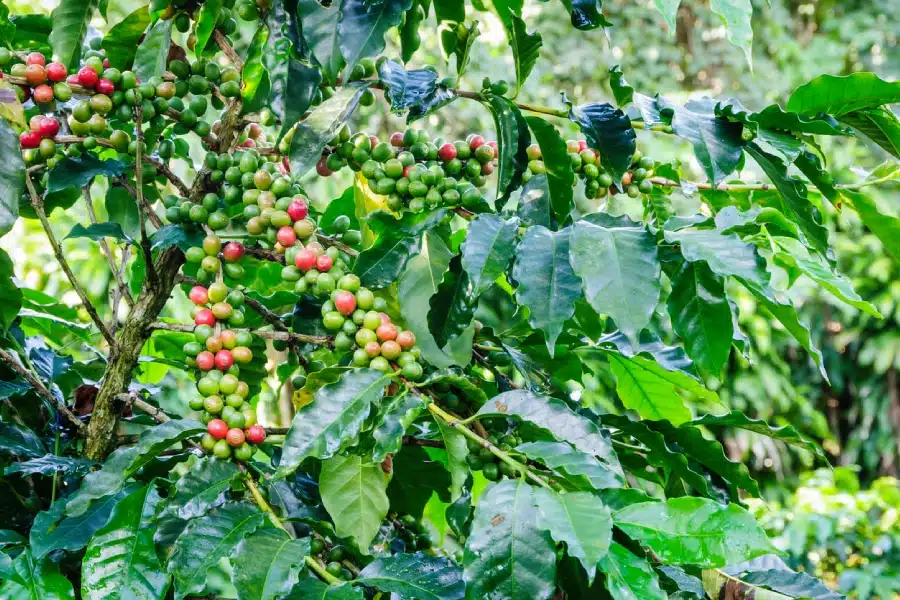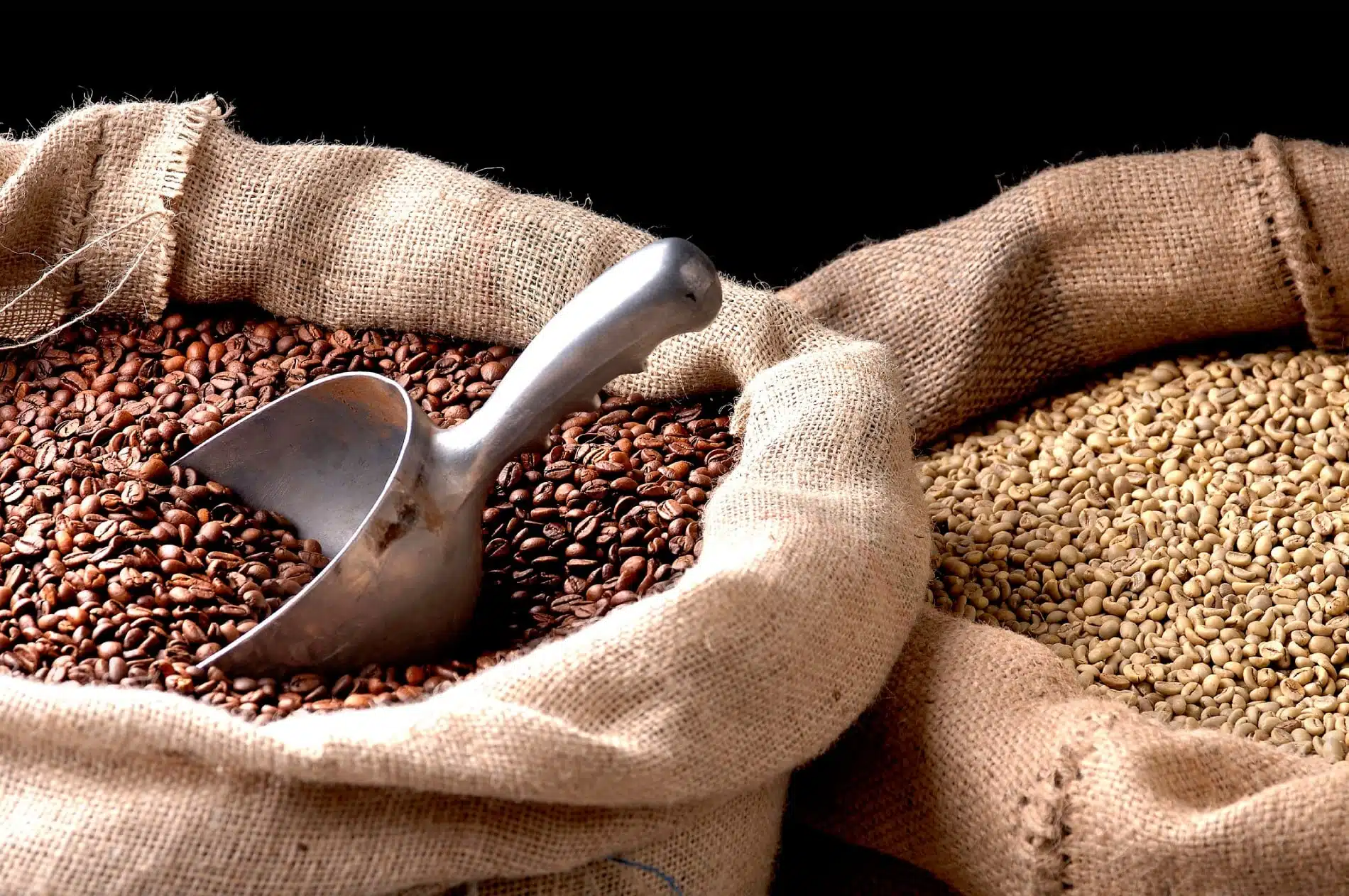The challenging route from Guatamala to Costa Rica
Taking a Central American cruise means embracing cultures that have a tradition of respect and working with the land. Many endemic riches are provided by the fertile soils of the medium-altitude mountains, but coffee is not one of them. Late to be introduced on the continent, it has been providing income for Central Americans for about 220 years.
The coffee revolution
Coffee was a true institution in the East, but it was only introduced into Central and Latin America at the end of the 18th century.
Coffee arrived in Costa Rica for the first time in 1791, thanks to a Panamanian trader. However, Father Félix Velarde is considered to be the first cultivator, as early as 1816. The altitude of the central mountain range with a mild and humid climate and volcanic soils provided the ideal conditions for the development of this new crop.
For more than a century, coffee, mainly Arabica, would be the driving force behind the economic growth of Costa Rica, Guatemala and El Salvador. At the end of the 19th century, coffee exports from these three countries made up 80 to 90% of their total exports. This is what we know as the ‘coffee revolution’. Today, coffee plants occupy 20% of the agricultural land in these countries. When cruises dock in Costa Rica, it is not uncommon to see plantations.

33,000 Costa Rican coffee farmers
With a smaller territory than competitors, Costa Rica decided to focus on quality over quantity to offer one of the best coffees in the world. This strategy paid off: in 2005, coffee was Costa Rica’s fourth largest economic resource.
This wealth has led the inhabitants to refer to coffee as ‘Grano de oro’, or the ‘golden bean’. The coffee leaf is also one of the symbols of the coats of arms of some regions where these 33,000 coffee farmers are located.

Coffee at the heart of Guatemala’s exports
Due to a lack of infrastructure and manpower, coffee growing struggled to develop in Guatemala. The arrival of the Germans in 1828 and the French in 1850 gave it a real boost. Guatemalan coffee was first introduced in Paris at the International Exposition of 1867.
The events of the second half of the 19th century played a major role in coffee’s development. The Germans were colonising new areas and they planted coffee, thus extending the plantation areas. In addition, the anticlerical revolution led by President Justo Rufino Barrios from 1873 resulted in the confiscation of ecclesiastical lands and the privatisation of communal lands. 390,000 hectares of land were thus made available to small- and medium-scale farmers. In 1880, the arrival of the railway, which linked Escuintla, near the capital of La Antigua, to San José on the Pacific coast, boosted exports. Coffee became the first crop sold abroad by Guatemala.
Nowadays, Costa Rican and Guatemalan coffees are among the most enticing and sought-after on the planet.

Photos credits : © Istock

PONANT whisks you away to the fragrant shores of Central America.



